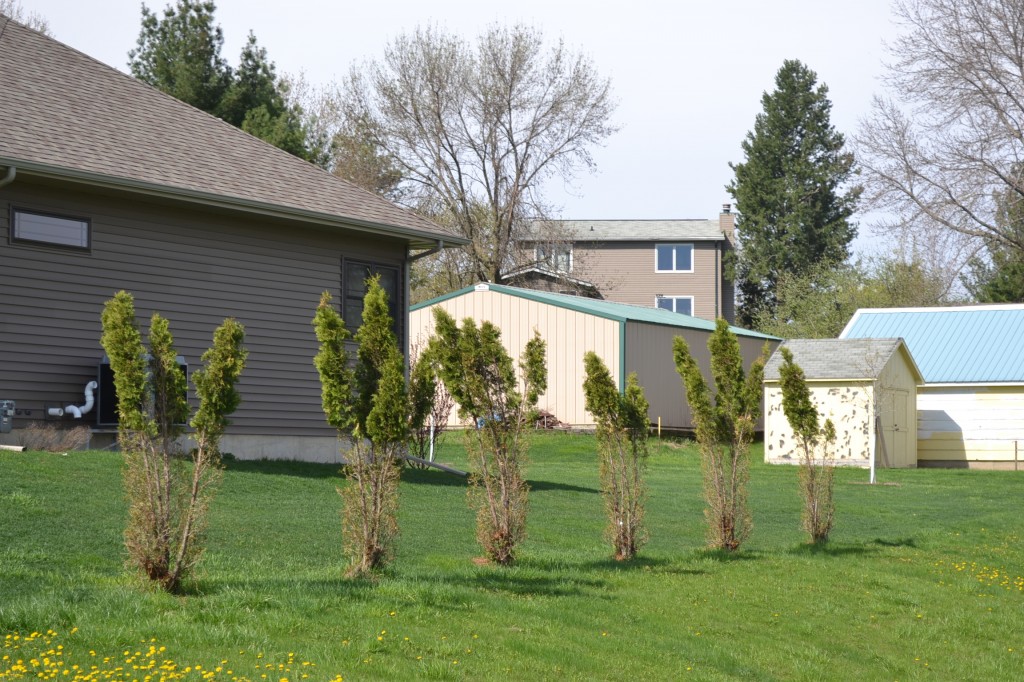There are quite a few deer resistant plants that you can use in your landscape. Knowing which plants to use and which plants to omit can save you a lot of headaches. Believe it or not, there are several types of plants that will attract a hungry deer. If you have any variety of arborvitae shrub in your landscape, you probably know all too well the damage that deer can cause. If your plant is over 6 feet tall, any deer damage will definitely stand out. Deer will consume as much of the plant as they can reach from the ground. This is why you see shrubs that look like they had an over aggressive pruner attract the tree. Depending on the species of the plant, it may or may not recover. Your best option is to choose deer resistant plants for your landscape.
Deer resistant plants for your landscape.
Columbine- This perennial comes in many color combinations.
Coreopsis- This perennial come in many color variations. Most commonly found in shades of yellow.
Lungwort- This perennial plant exhibits bright green leaves with silverish spots. There are varieties of this plant that bloom in several different colors.
Purple Coneflower- This is a great perennial plant that offers bright purple flowers with an orange cone in the center.
Russian Sage- From the sage family, this perennial plant puts off a distinctive sage smell when you rub its leaves together. This perennial blooms all summer long with small light purple flowers on silver stems and leaves.
Most plants that produce a strong scent will usually be deer resistant plants. There are no cure-all plants, because different deer like different plants.
Deer resistant plants may not be an option for you, but there are a few things that you can still do. If you already have established plants that are not deere resistant plants, then you have a few options. The best and most successful deer deterrent is installing a deer fence around your plant during the fall and winter months. This fence will definitely protect your plant. The only down fall of installing a deer fence is that you have to look at it all the time. If you don’t mind looking at a fence instead of your plant for a few months out of the year then this will probably work best for you.
Deer repellant may or may not be effective depending what product you use. Most repellant must be applied multiple times a month to ensure their effectiveness. Even if your plant is treated with a repellant, the is no true guaranty that it is going to work.

